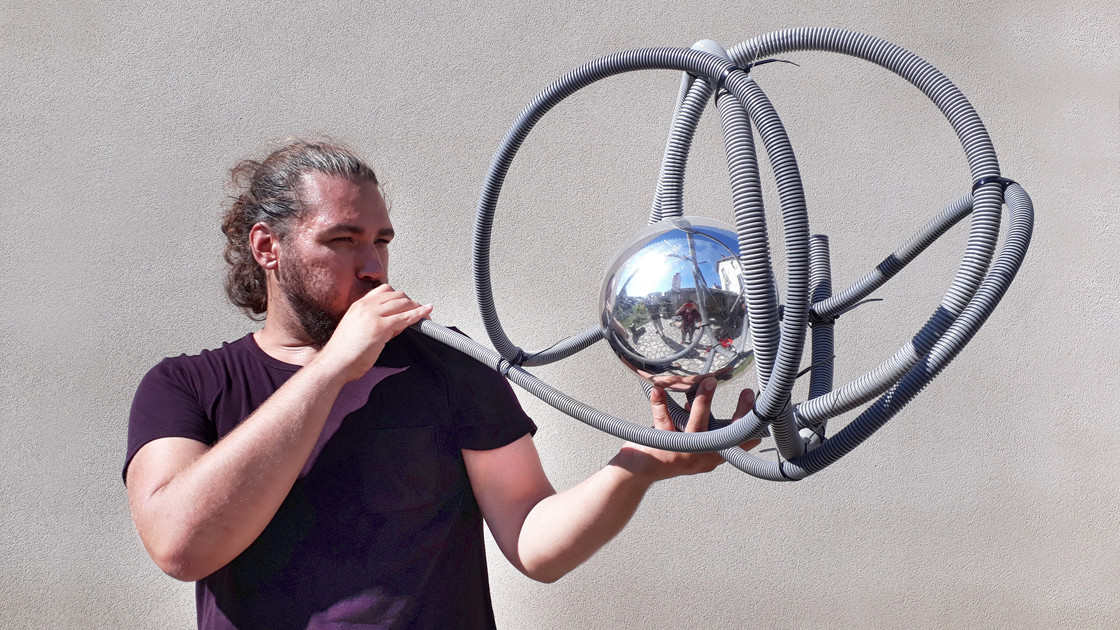Exotic Instruments And Their Exotic Beauty
There's something wonderfully fascinating about the exotic musical instruments, it was a rabbit hole I went through on a random Sunday night, thinking to my self: "What are the instruments I really have never heard or know more about?". showing that music is not all just about guitars, pianos, or drums. Sometimes the best sound can emerge from the most unlikely of sources. I enjoy finding those quirky instruments that you wonder, "Who created this, and why does it sound so great?"
The Theremin: Playing the Air Itself
Let's start with the theremin, an instrument that appears more suitable for a spaceship than a stage. You don't touch the theremin to play it; rather, you wave your hands in the air between two antennas. One antenna determines the pitch, and the other determines the volume. This produces that spooky, wobbly sound you may know from classic sci-fi films. It's cool to watch and even stranger to listen to—like music made out of thin air.
The Glass Armonica: Making Music with Water
And then there's the glass armonica, actually invented by one of our founding fathers Benjamin Franklin. Picture a row of glass bowls of varying sizes on a spinning rod. The player wets their fingers and runs them along the edges as the bowls rotate, producing haunting, lovely sounds. It's the sort of sound that's both ethereal and unsettling, and it's little wonder that composers such as Mozart and Beethoven wrote music for it.Yet the eerie sound of the instrument and suspicions of its "maddening" effect relegated it to the fringes of musical history.
The Waterphone: The Soundtrack of Nightmares
If you have ever watched a frightening movie and heard a haunting, metallic sound, you may owe a debt of thanks to the waterphone. The instrument is reminiscent of a cooking vessel combined with a porcupine, with metal rods protruding from a chamber that contains some water. Hitting or plucking the rods produces odd, resonating sounds that are very intense. The waterphone is extensively utilized by film composers who seek to create the feeling of unease or mystery.
The Cuíca: Brazil’s Unique Friction Drum
The cuíca is a Brazilian friction drum known for its distinctive high-pitched, squeaky sound that often mimics a human voice or animal call. Unlike typical drums that are struck, the cuíca produces sound by rubbing a thin wooden stick attached to the inside of its drumhead with a damp cloth. It works exactly the same way you make the clown noise with a Mcdonalds cup and straw. The player changes the pitch by pressing on the drumhead from the outside, creating a wide range of expressive tones—from low growls to sharp squeals. It’s a staple of samba music and Brazilian Carnival, adding a playful and rhythmic character that’s instantly recognizable.
Why We Enjoy the Bizarre?
What I like about these strange instruments is the way they disrupt what we anticipate from music. They demonstrate that creativity knows no bounds, and sometimes the most memorable sounds arise from thinking differently. Whether it's the ghostly sound of the glass armonica or the space-age swoop of the theremin, these instruments remind us that music is a playful arena for imagination.






Comments
Post a Comment